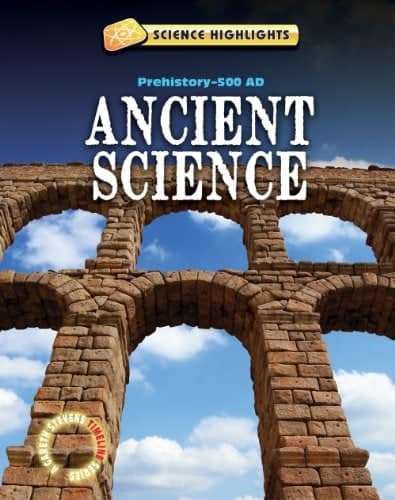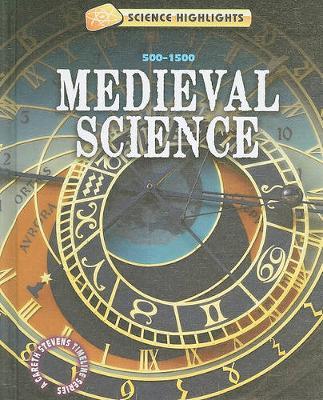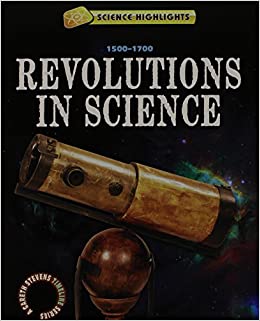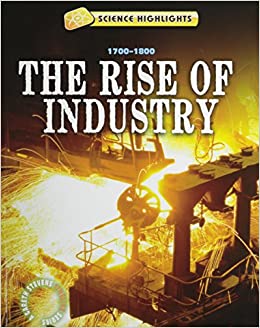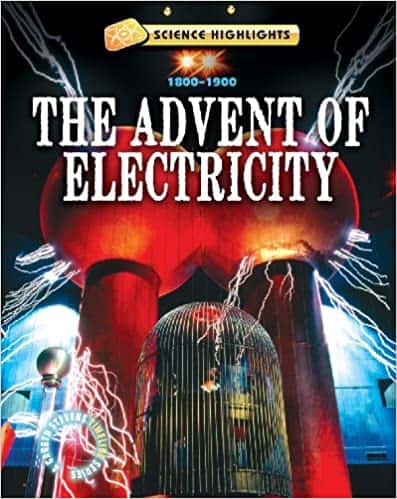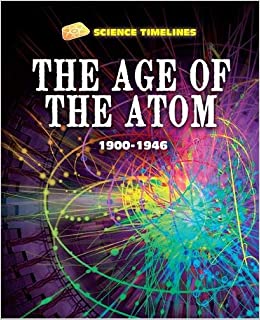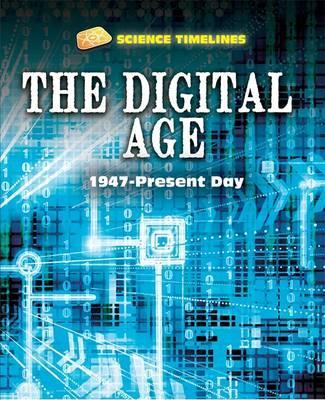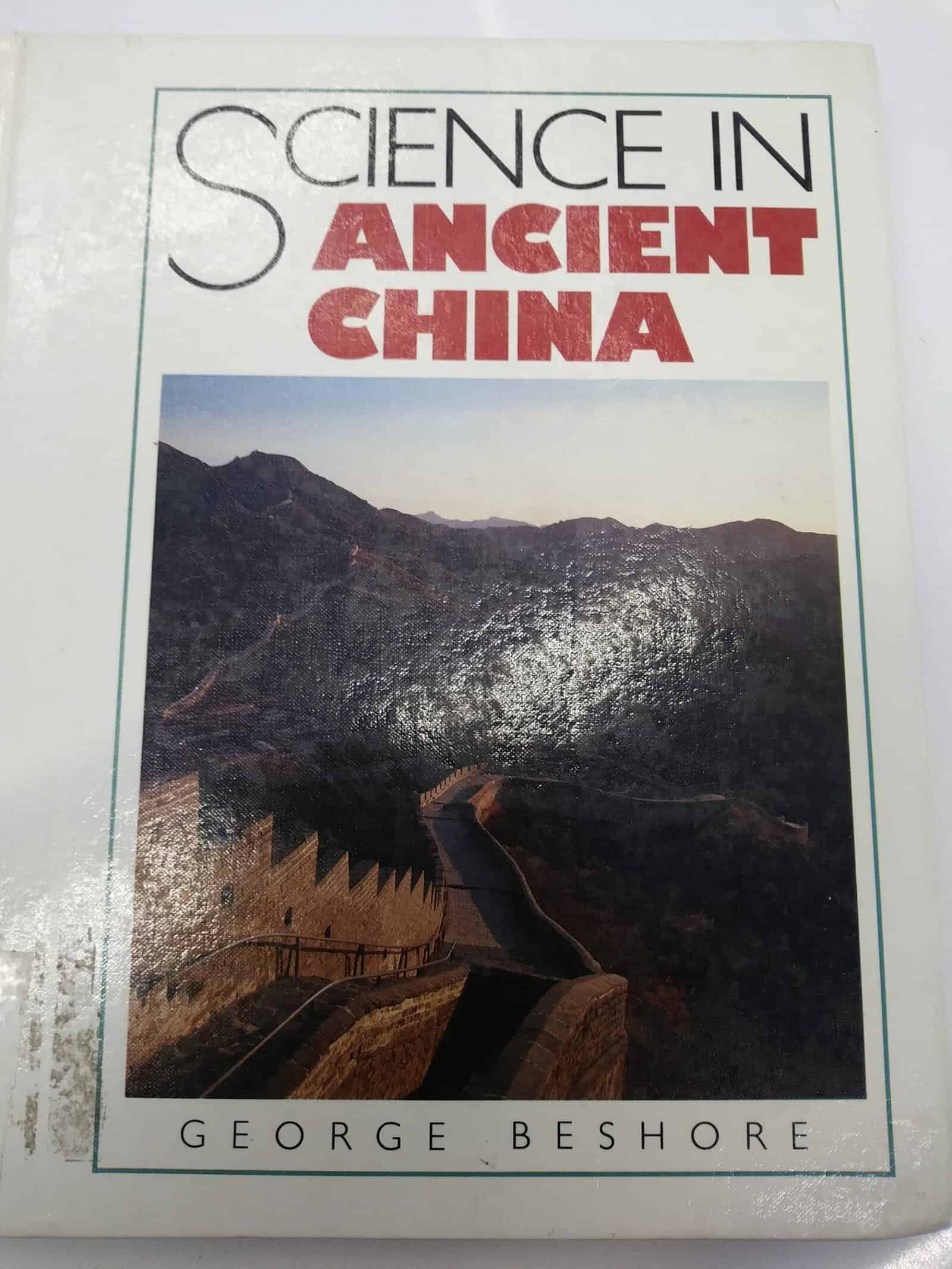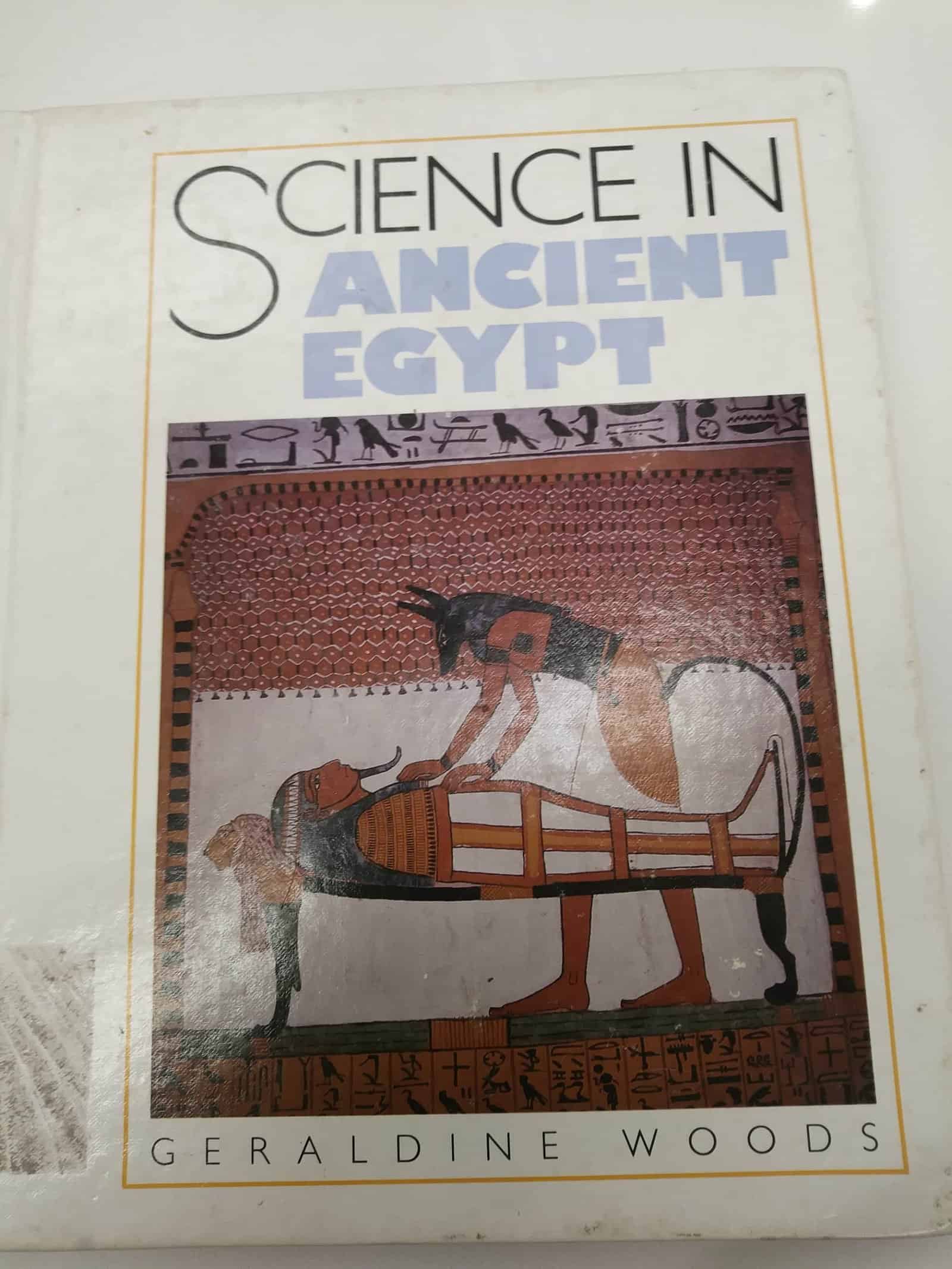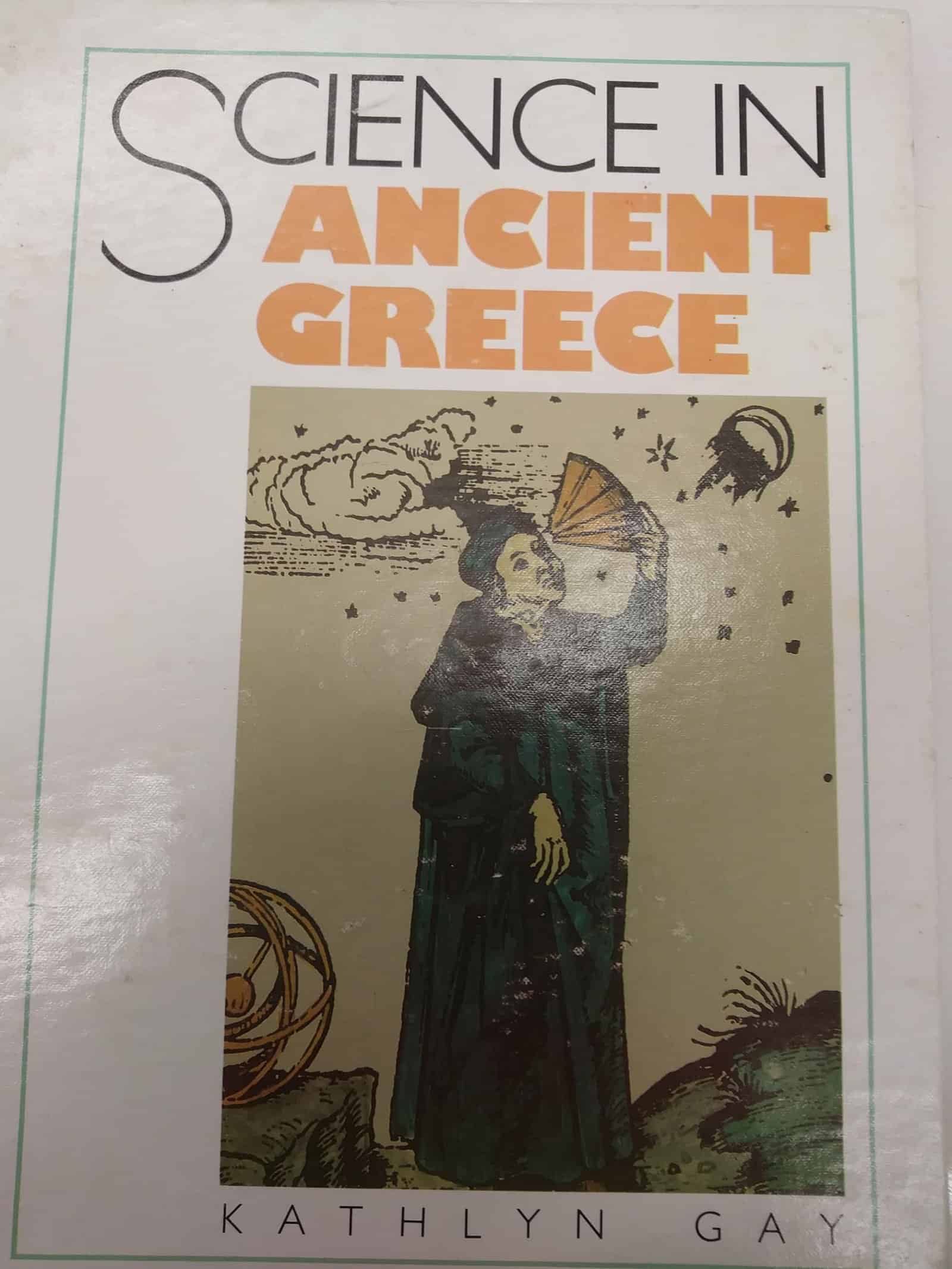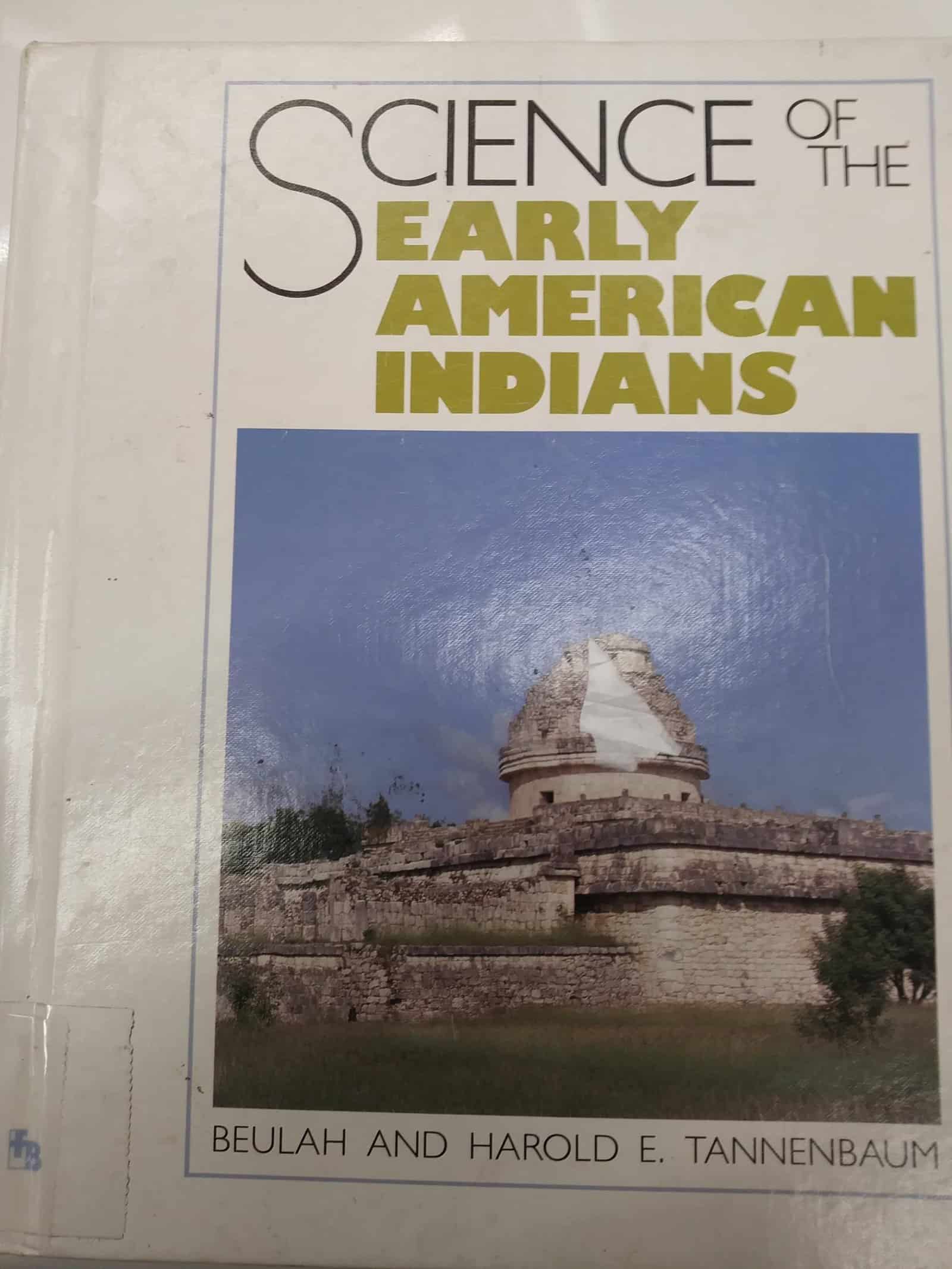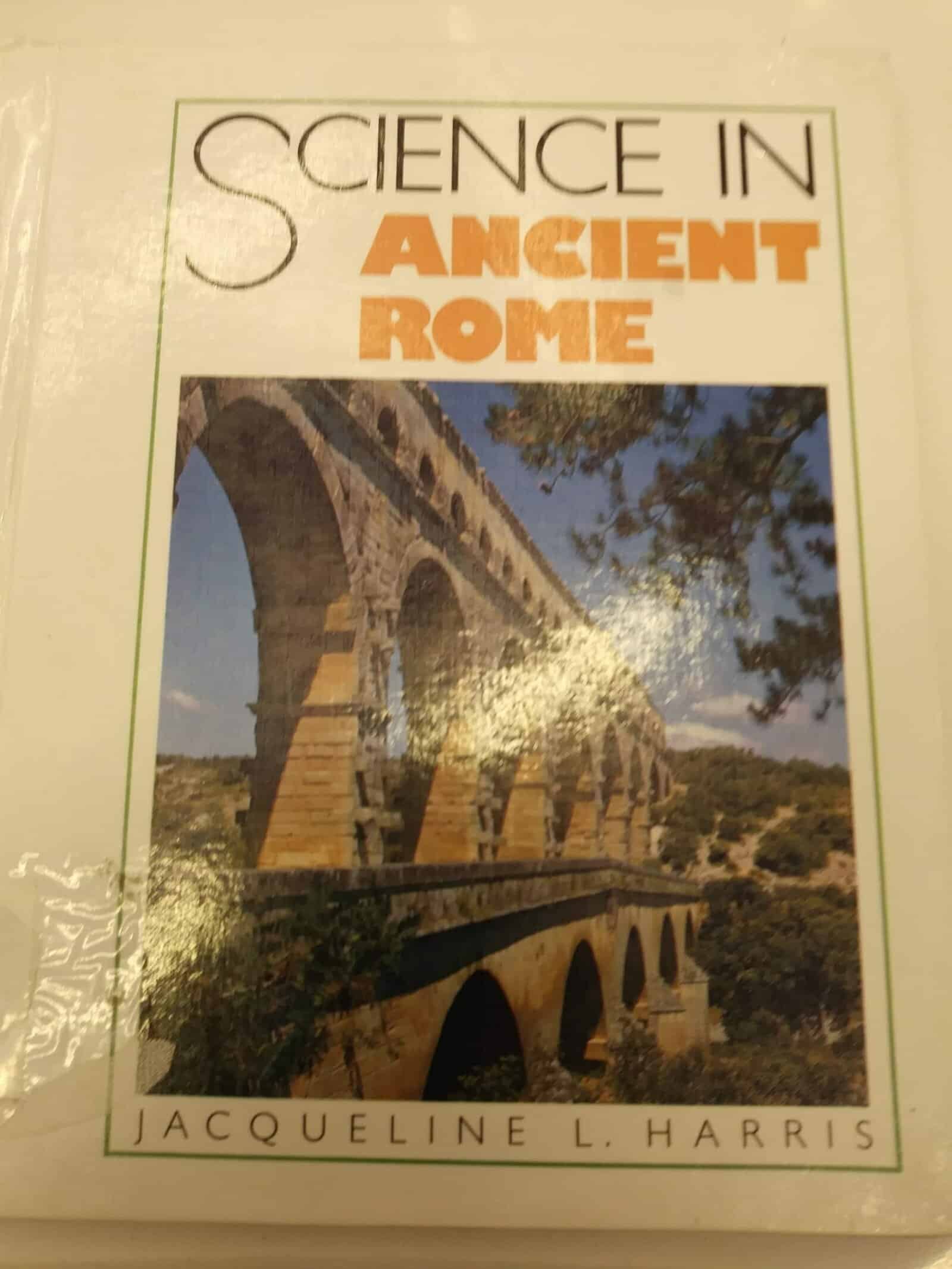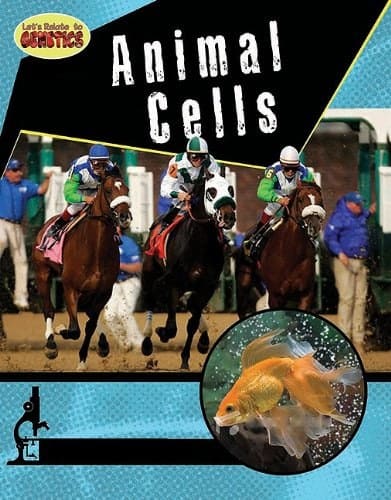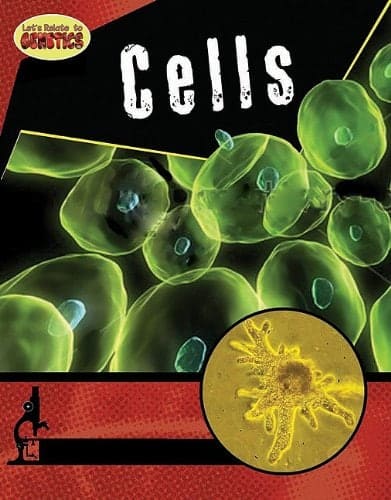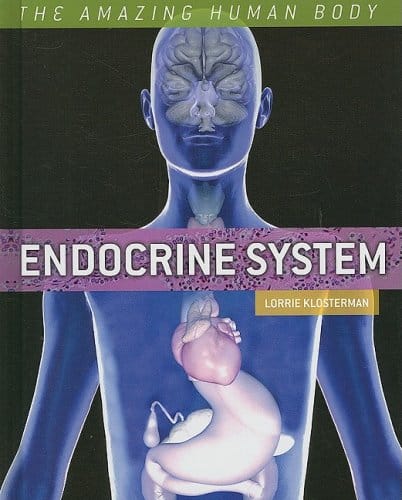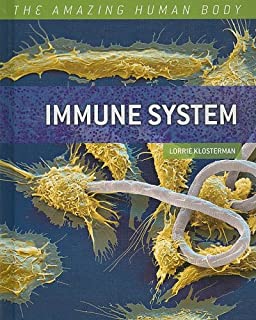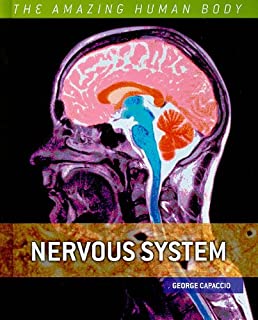Miss Julie here to bring you the first of several articles that will focus on how to use the library to its fullest in order to ensure a successful, knowledge rich school year your for your child. What a year this has been so far! Scary, unpredictable, and just downright strange. And now, parents and teachers find themselves in the position of having to figure out a whole new way to educate children. To hopefully ease this transition, I would like to tell you about some of the resources we have available here at the DeKalb Public Library that might make your homeschooling or home learning adventure more enjoyable. These resources do cover a wide age range, so scroll down if you have an older child that has already mastered reading.
“When you see someone putting on his Big Boots, you can be pretty sure that an Adventure is going to happen.”
-A.A. Milne
1. First, let me preface this with, when in doubt, read. The non-fiction section at the DKPL has been an asset for me as a homeschooler. Just about every topic you could wonder about is contained within our shelves, and anything that is not can be ordered through Inter-Library Loan. If your child is trying to learn about biology and is confused, come and look through our books. The non-fiction section is organized by the Dewey Decimal System, which means that everything has a place on the shelf according to the number it has been assigned. Here is our breakdown of the non-fiction section:
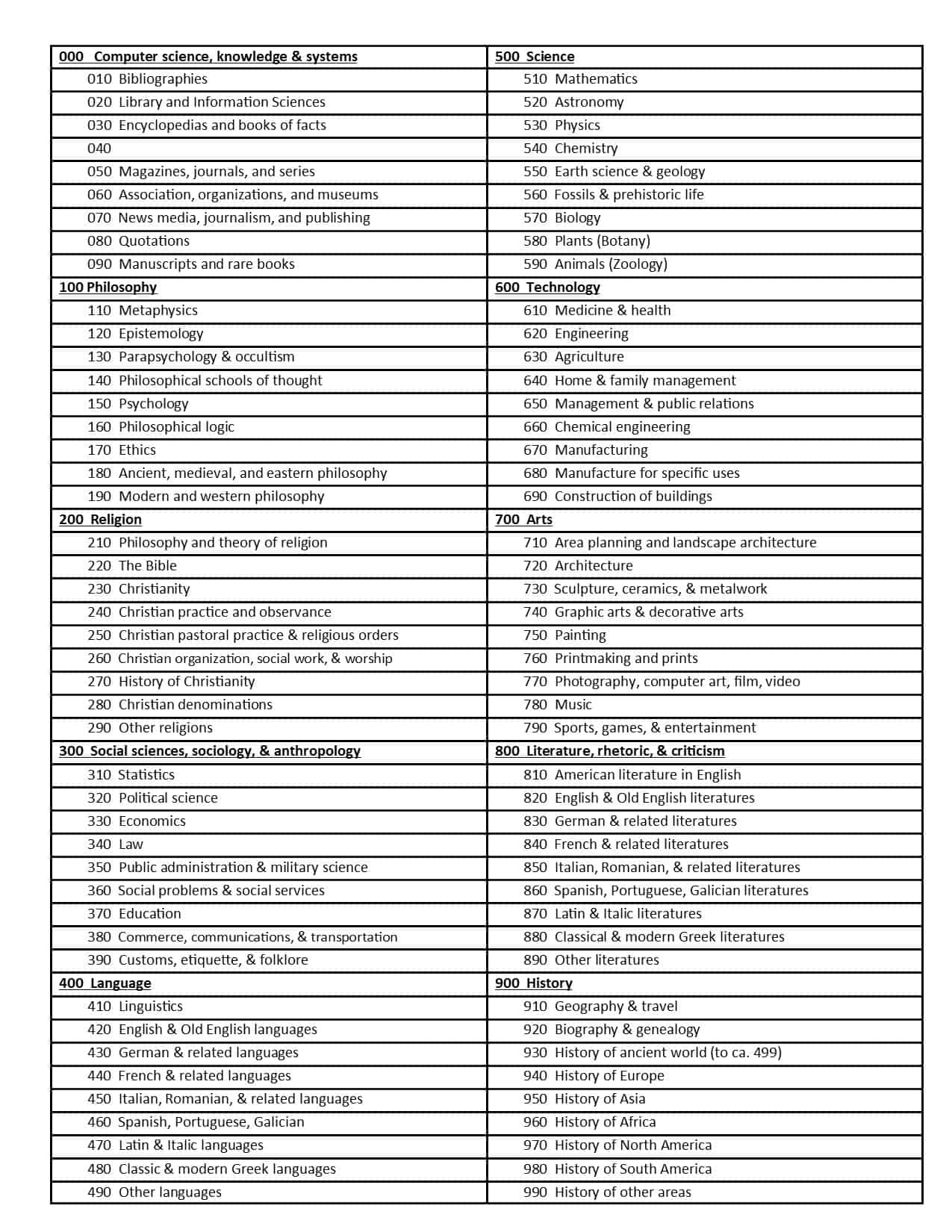
Do note that these classifications hold true for the adult non-fiction section as well.
On the endcaps, you will find numbers and arrows. If you look at these pictures, you can see that the numbers direct you to the aisle that you need:
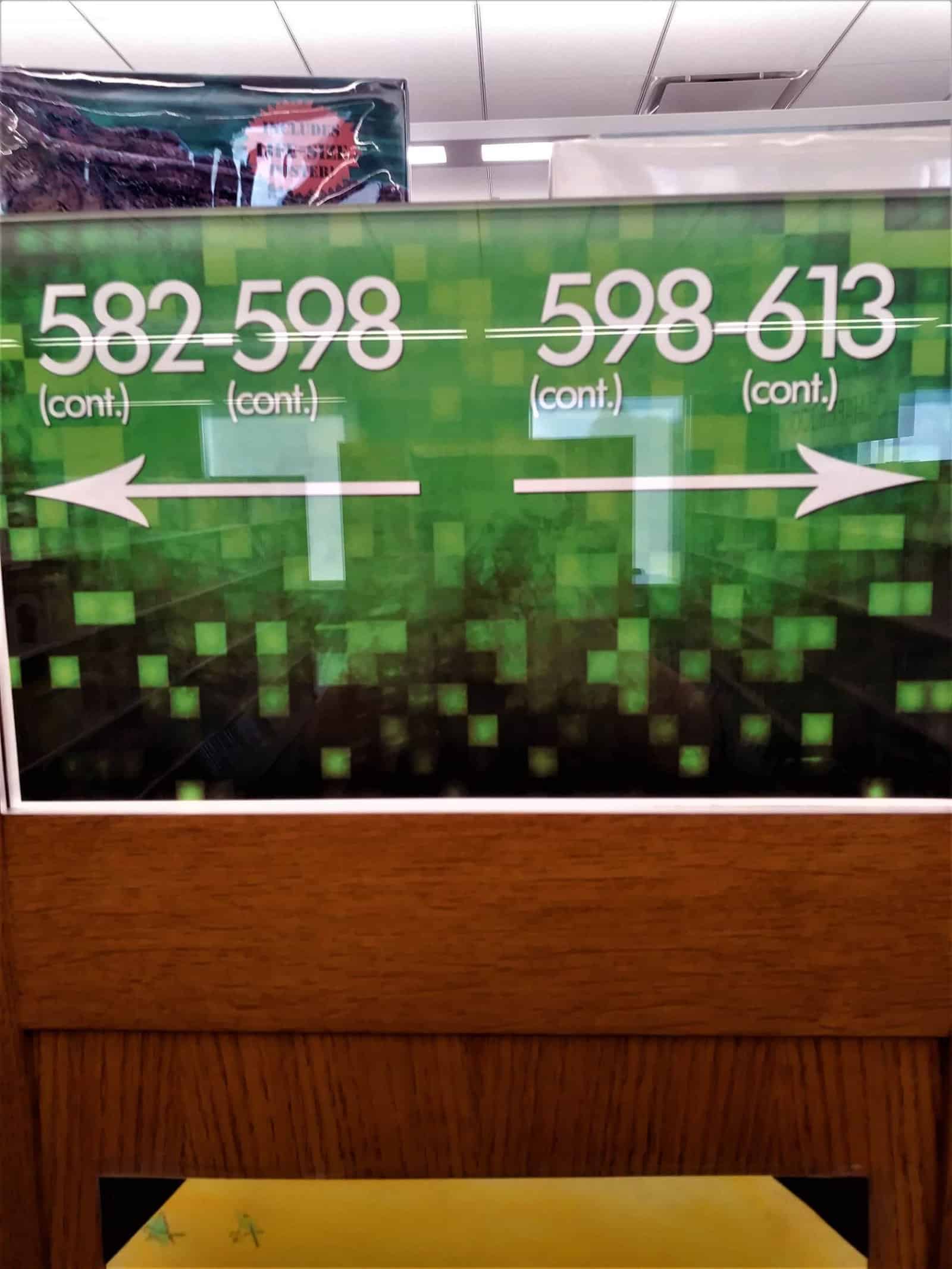
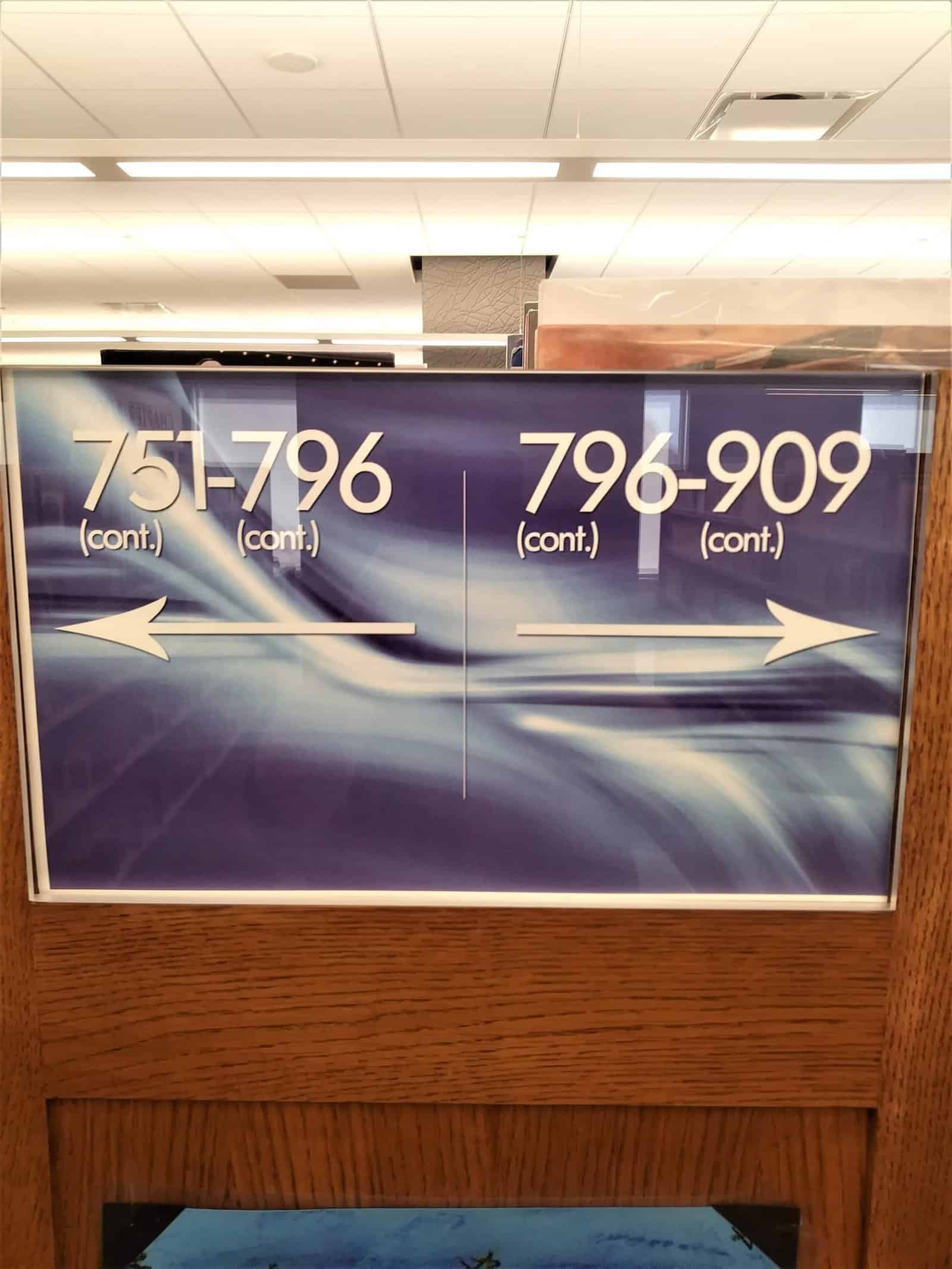
And here, if we look at the spines of the books, you can see that there is a number on each spine. If we check the chart above, we can see that the first picture was taken in the “Science: botany” section, while the second picture was taken in the “History: History of the ancient world” section. So, if your child is having an issue with chemistry, you will go to the 540 section, while a hunger for folklore will send you to 390. And, as always, ask one of us if you need help… we are always glad to show you where something is located.
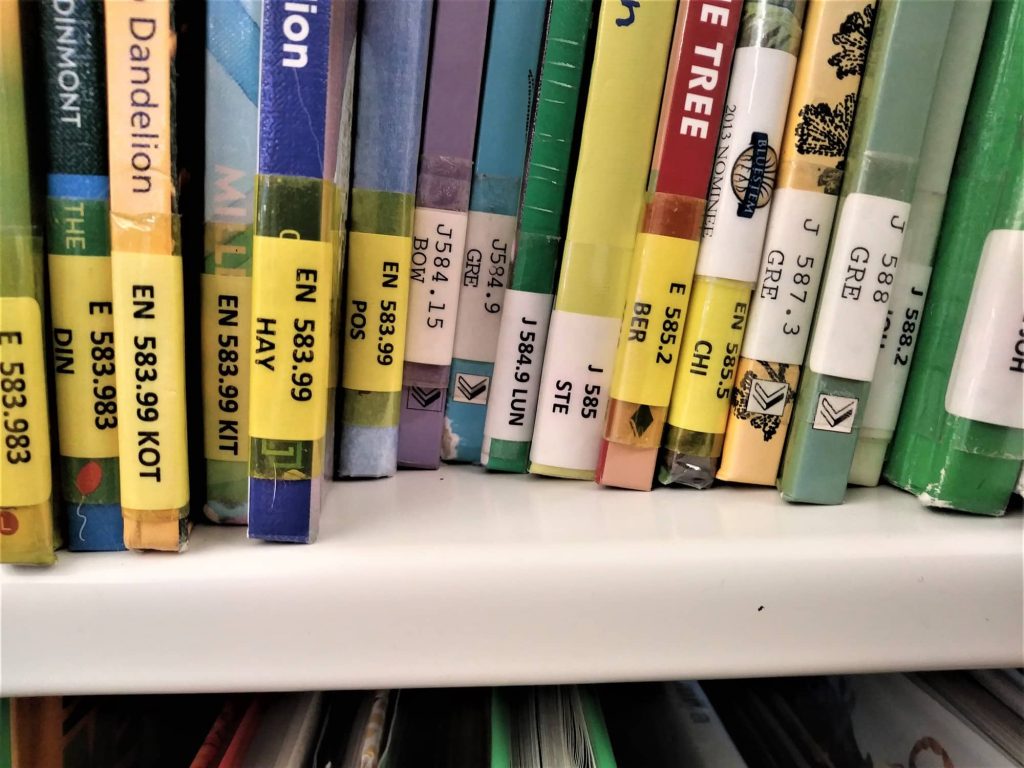

The following is a list of specific books that I consider to be my Big Boot resources that my family has made use of over the years that you might be interested in as well.
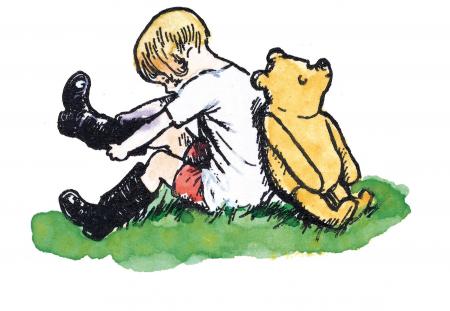
2. For early learning, the “My Sound Box” series is fantastic, and so is the “Easy as ABC” series. These are found with the Easy Reader books in the bins facing the windows.
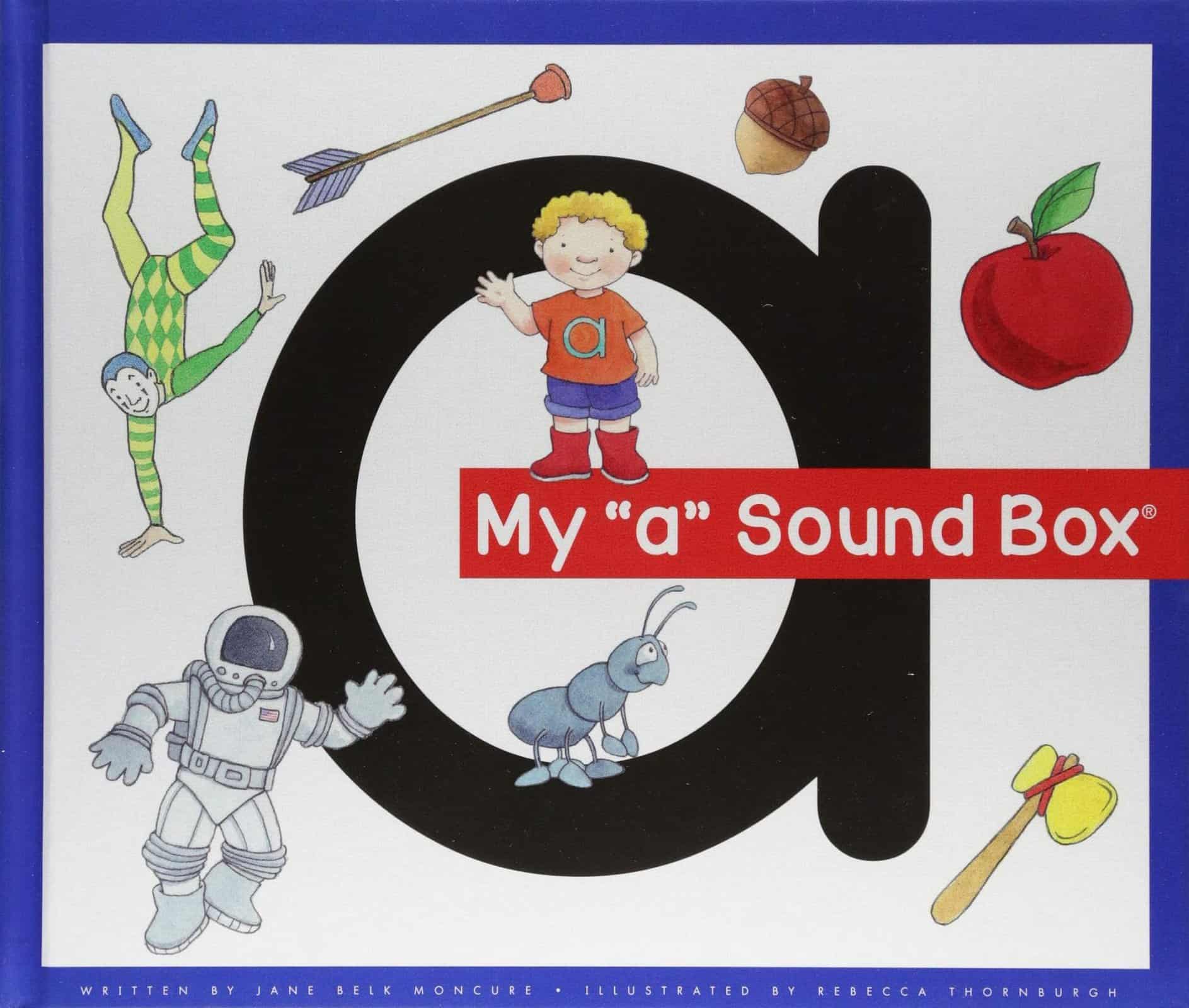

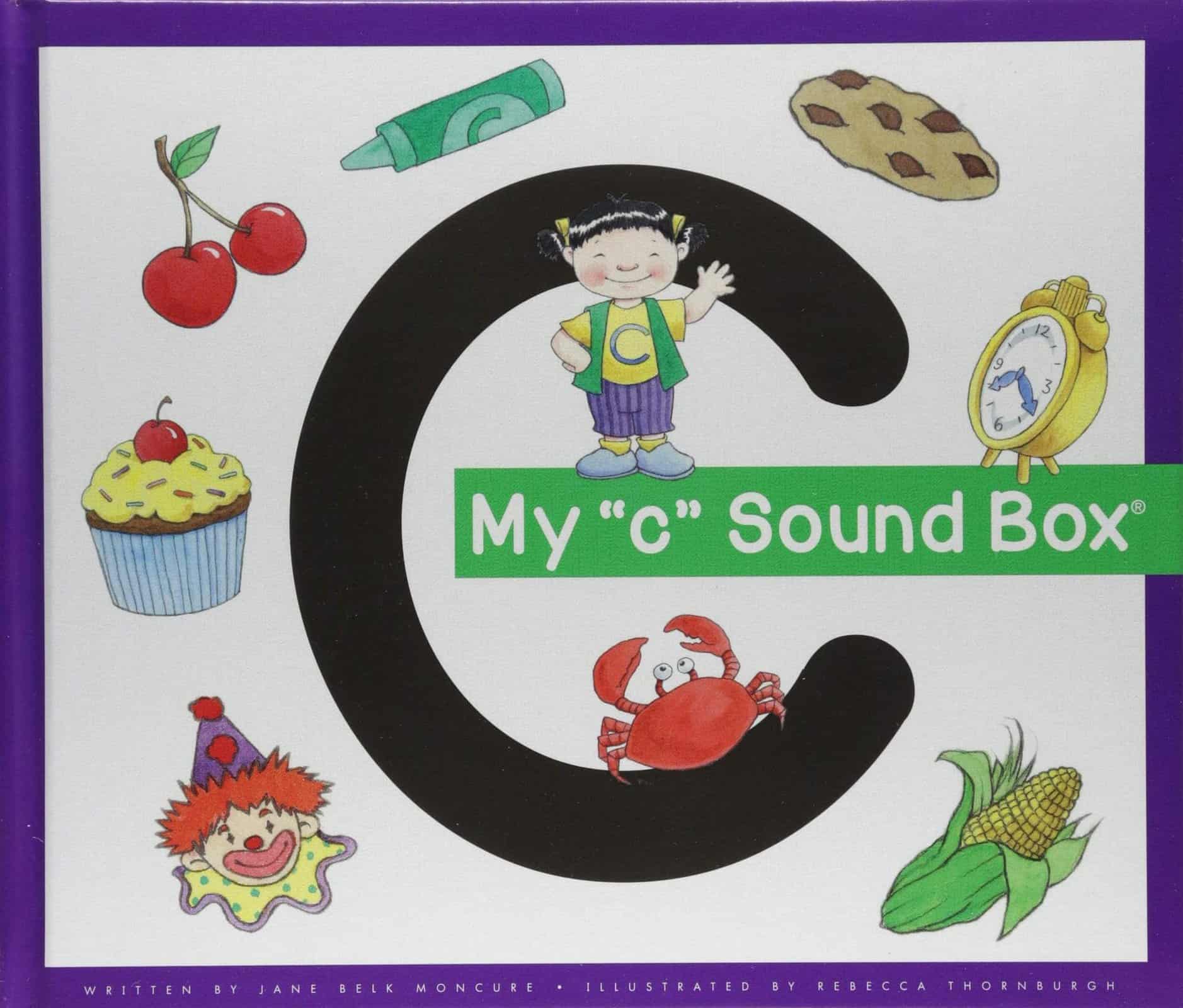
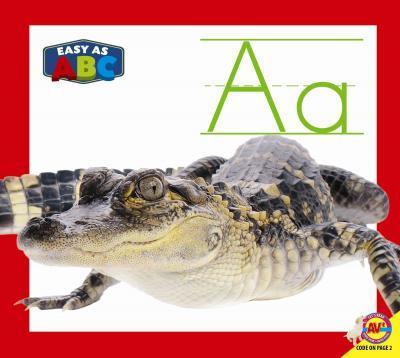

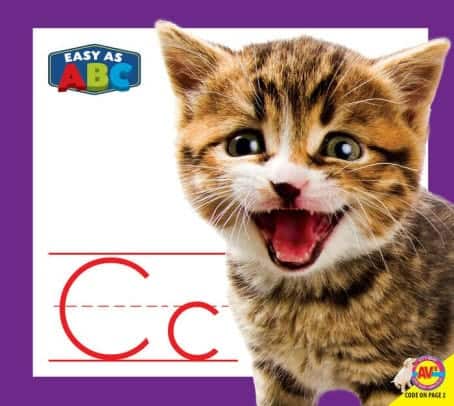
3. Learning to read is always a challenge, but Bob Books make the journey fun! These brilliant books start out simple and gradually increase the difficulty of the material. I used them with my kids and I loved them because they gave my boys a great feeling of accomplishment when they finished a book. As you can see from the picture below, Bob Books come in boxed sets with books of progressive difficulty in each set.
Another option that is similar to Bob Books is a series written by a teacher, Patricia J. Norton, called “Short Vowel Phonics”. These also have simple black and white drawings just like Bob Books, but these books are bound in a lovely hardcover which makes little kids feel like they are reading something extra special. This is not a “pick one or the other” situation…both series are good and useful for kids, and I highly encourage you to check them out.
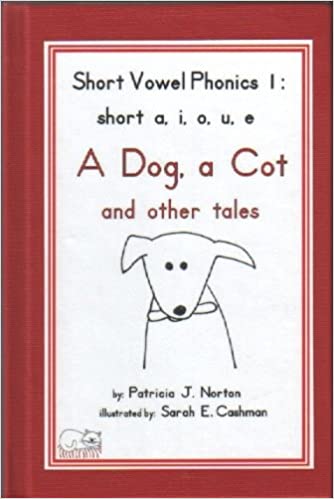

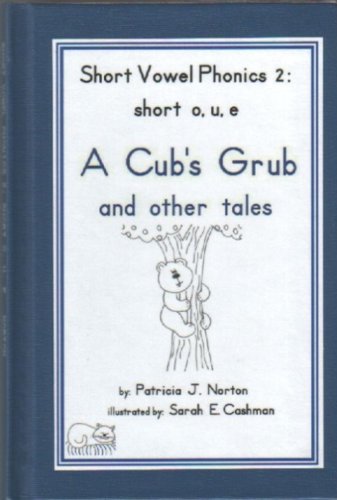
4. Our Easy Reader section that is right next to the Tree Room is fantastic. Leveled readers of all types are kept there, and my kids and I have spent many happy hours working our way through the Biscuit the Dog books, Mr. Putter and Tabby books, and just about everything else on the shelves. While I can’t list all the goodies we have, I will say that Dick and Jane and Vampires does still hold a special place in my heart.
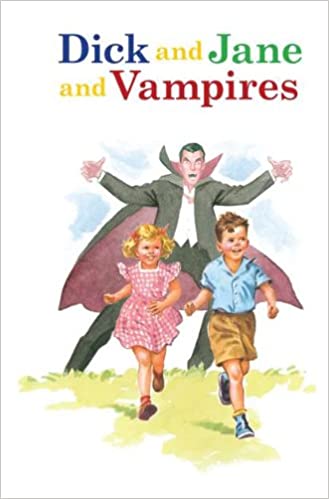
5. If you have a reluctant reader who is just not ready for chapter books yet, ease their transition with Graphic Novels. Our graphic novel section is found on the shelves facing the study rooms. In this section, not only will you find perennial favorites like Pokémon, books by Raina Telgemeier like Sisters and Guts, and Star Wars, but we also have novels that have been converted into the graphic novel format, like: A Wrinkle in Time, The Wings of Fire Series, and several popular books by Rick Riordan.
6. Coding, ever the popular topic, can be learned at home easily, and I have several fun book suggestions to get you started:
Coding Projects in Scratch
Coding Games in Scratch
Learn to Program in Minecraft
In a future article, I will talk more about Scratch, but for now, I highly recommend it for kids who are just starting out with coding, and the two Scratch books above will guide you through how to get started.
7. Math is a topic that is hard to learn without a teacher. However, if you are open to an easy-to-read series that takes you through a lot of math ideas, Life of Fred will do an excellent job of helping your child to develop a conceptual understanding of math. We used Fred as a fun supplement to a more traditional math program, but I do know people who have used it exclusively. Either way, it is a good series that spans everything from addition to calculus. Just so you know, the elementary series begins with “Apples,” and continues alphabetically from there. Here is a review that I found on YouTube that does a great job of explaining how the series works:
8. We have a number of favorite non-fiction science series:
The history of science is presented quite well in two different series, both of which we enjoyed. The first is the the “Science Highlights ” series By Charlie Samuels. As you can see from the slideshow below, the author covers everything from prehistory to modern day science:
The second series that my boys liked presented science as it was known by different civilizations. My eldest child, in particular, took to this series and devoured each book. Unfortunately, the books have different authors, but I took pictures of all the covers and put them in the slideshow below to make putting a hold on the book easier for you.
If you are looking for biology books, “Let’s Relate to Genetics” is a fantastic series of five books, and “The Amazing Human Body” has seven books. My kids have used both and found them to be enjoyable and easy to learn from.
This post is already quite long, and I have just barely scratched the surface of what we have to offer. Next time, I will show you some of our favorite history, foreign language, and art resources, in addition to a few more science resources. Until then, happy learning everyone!



